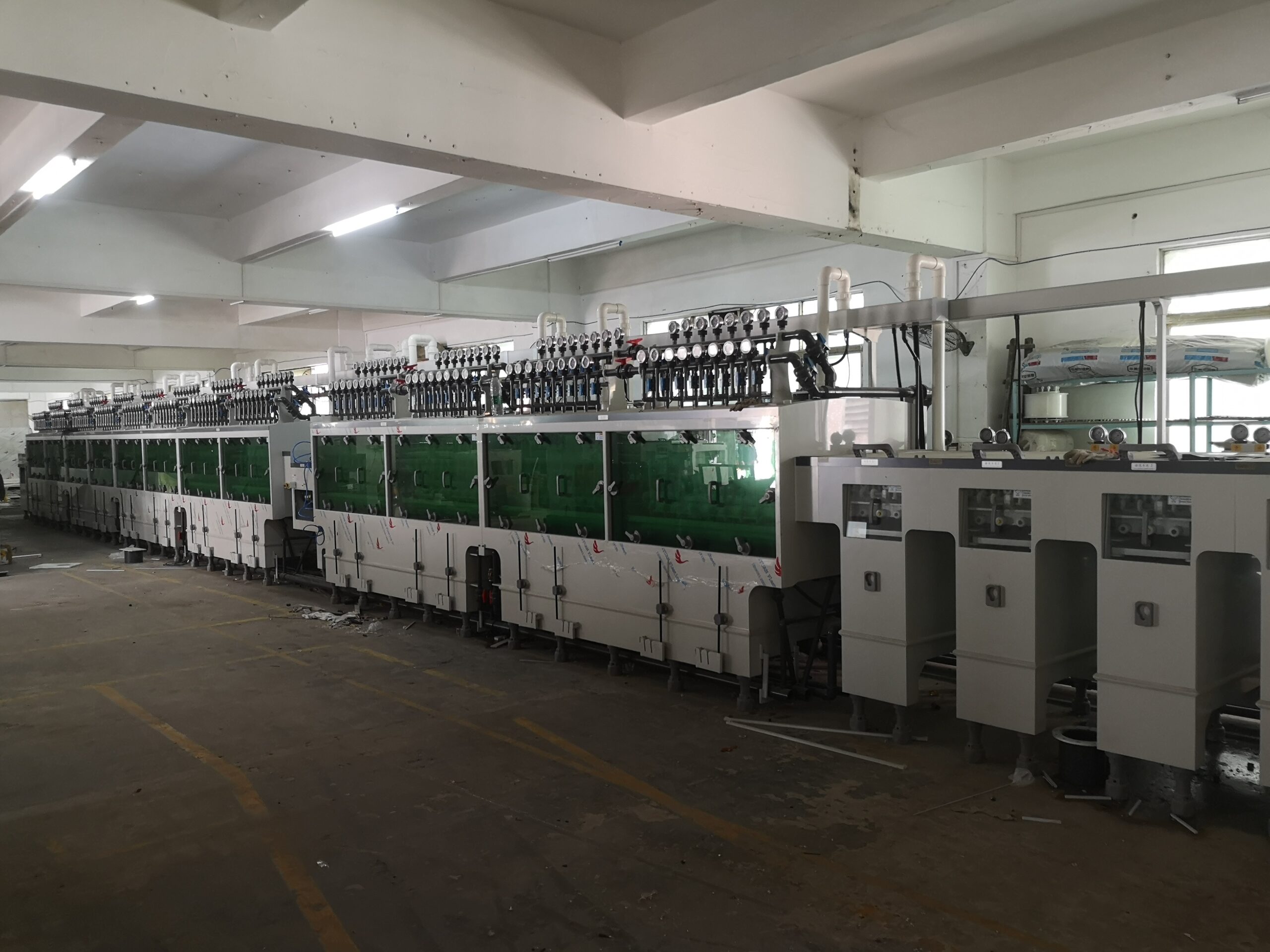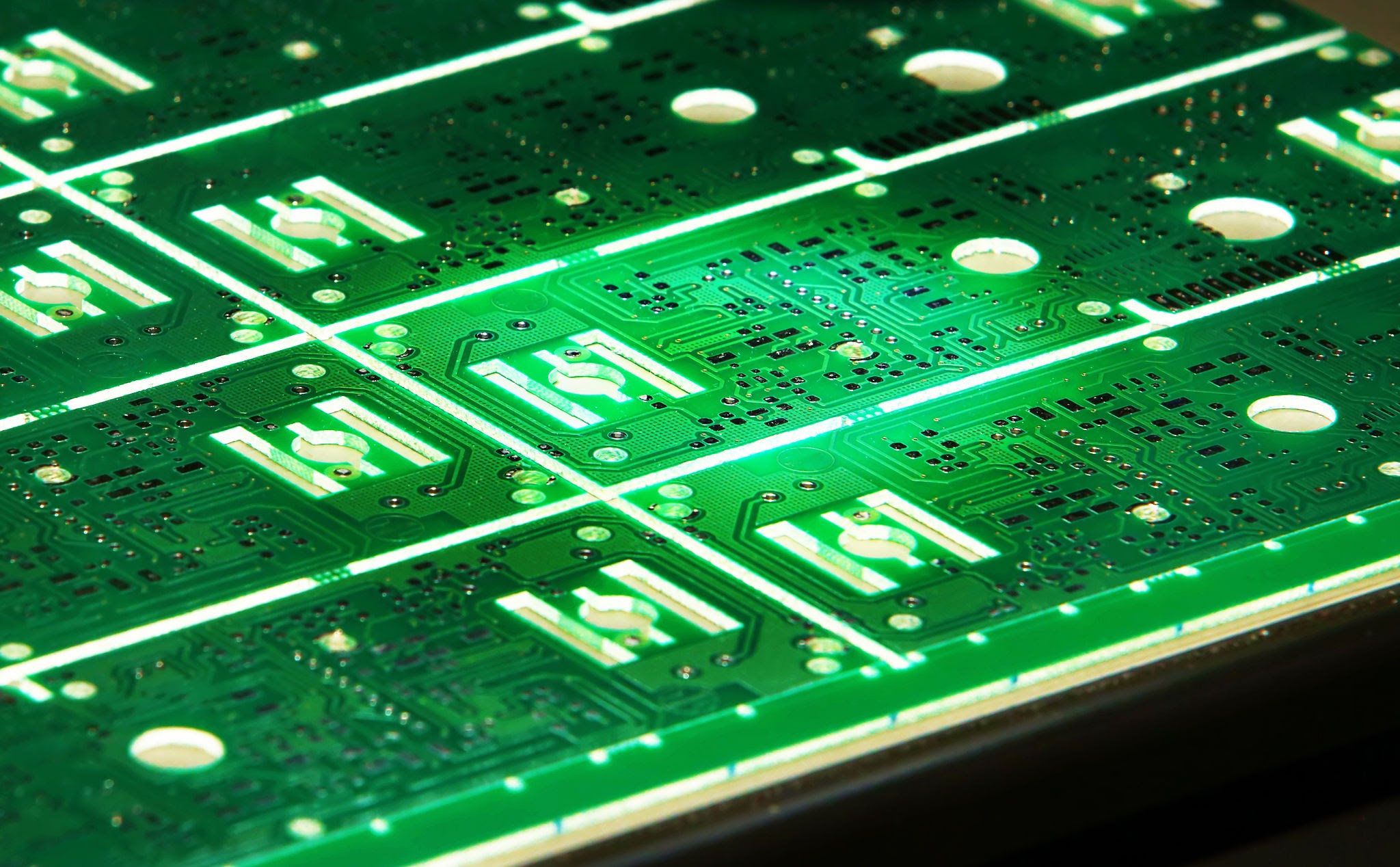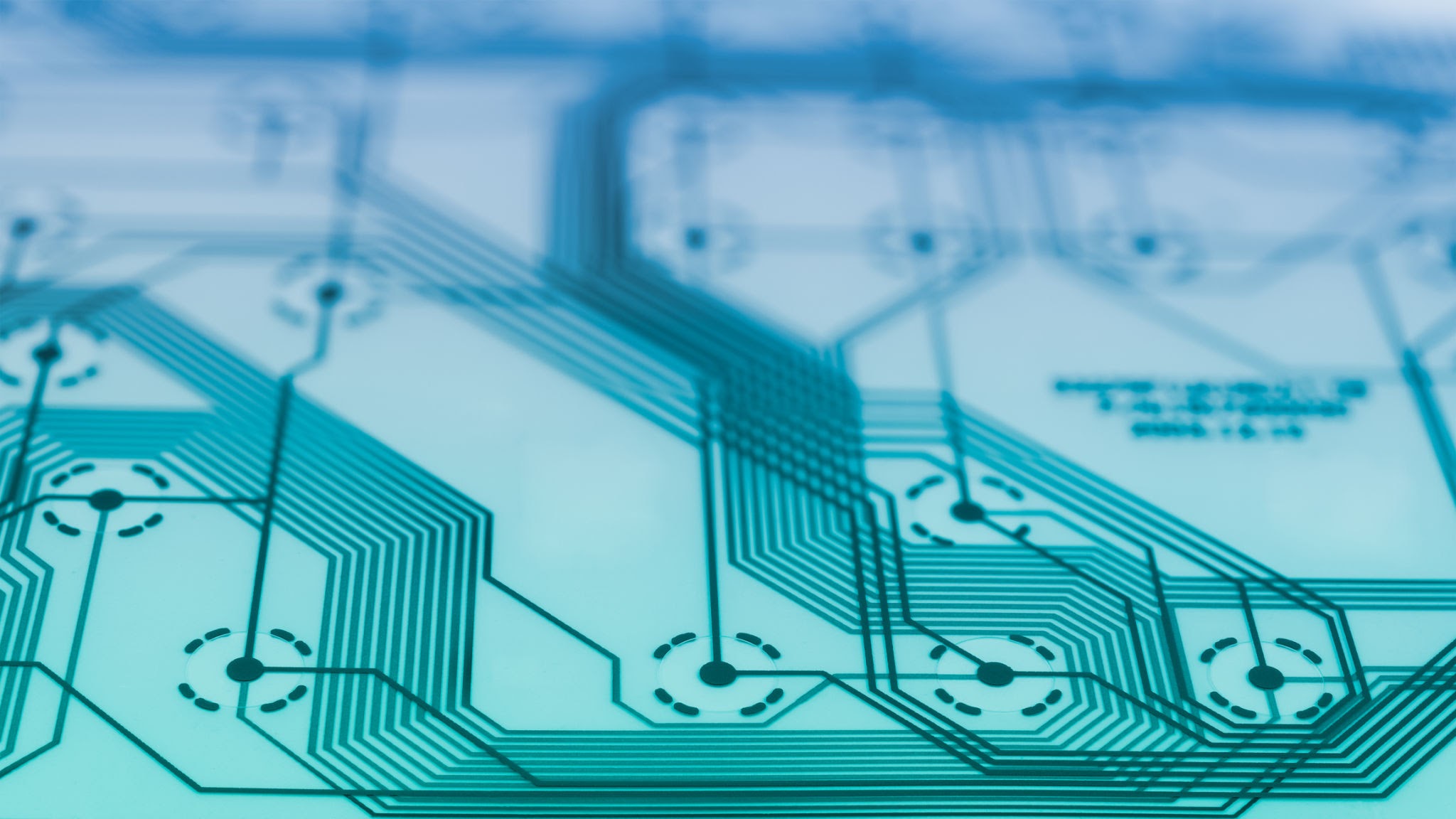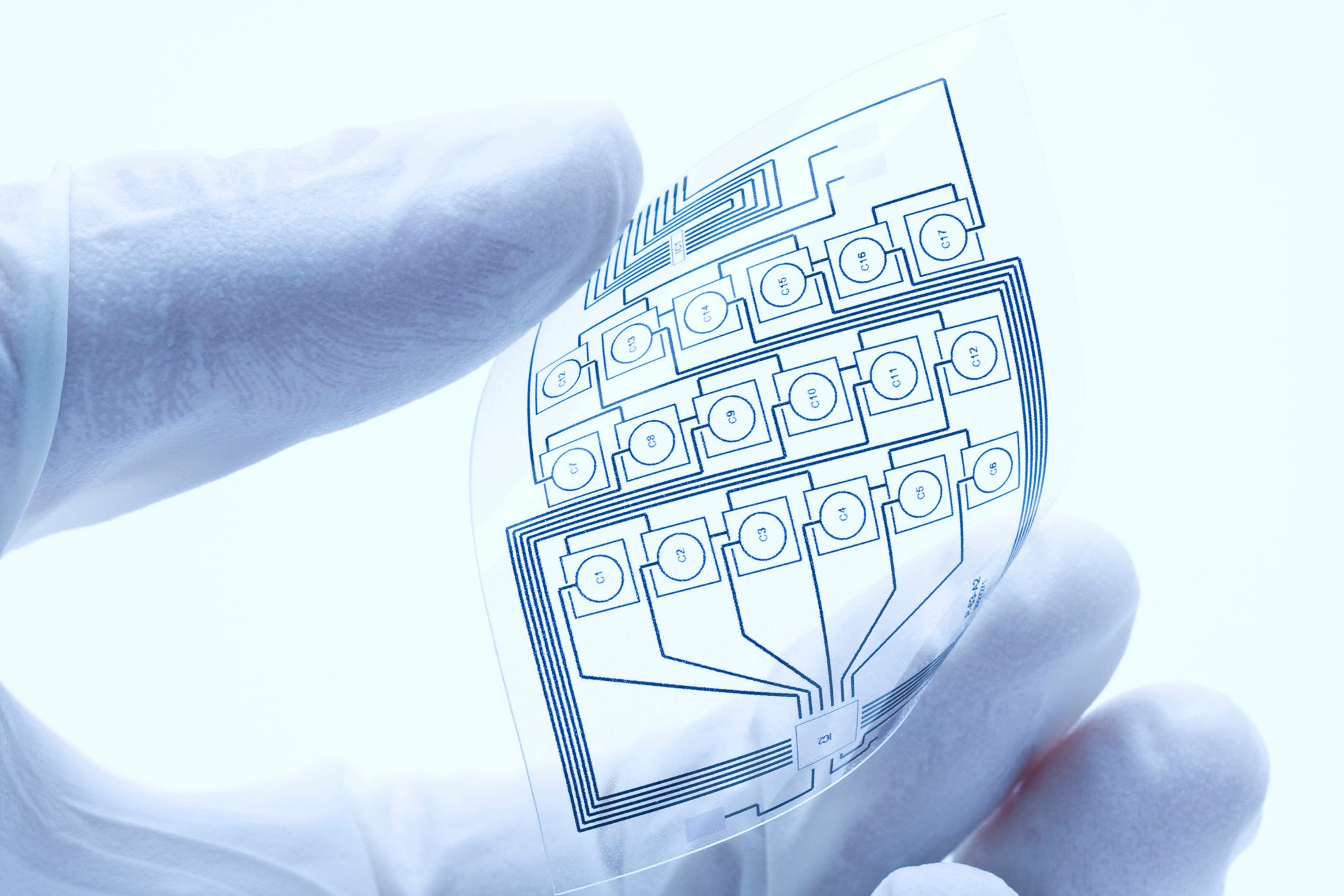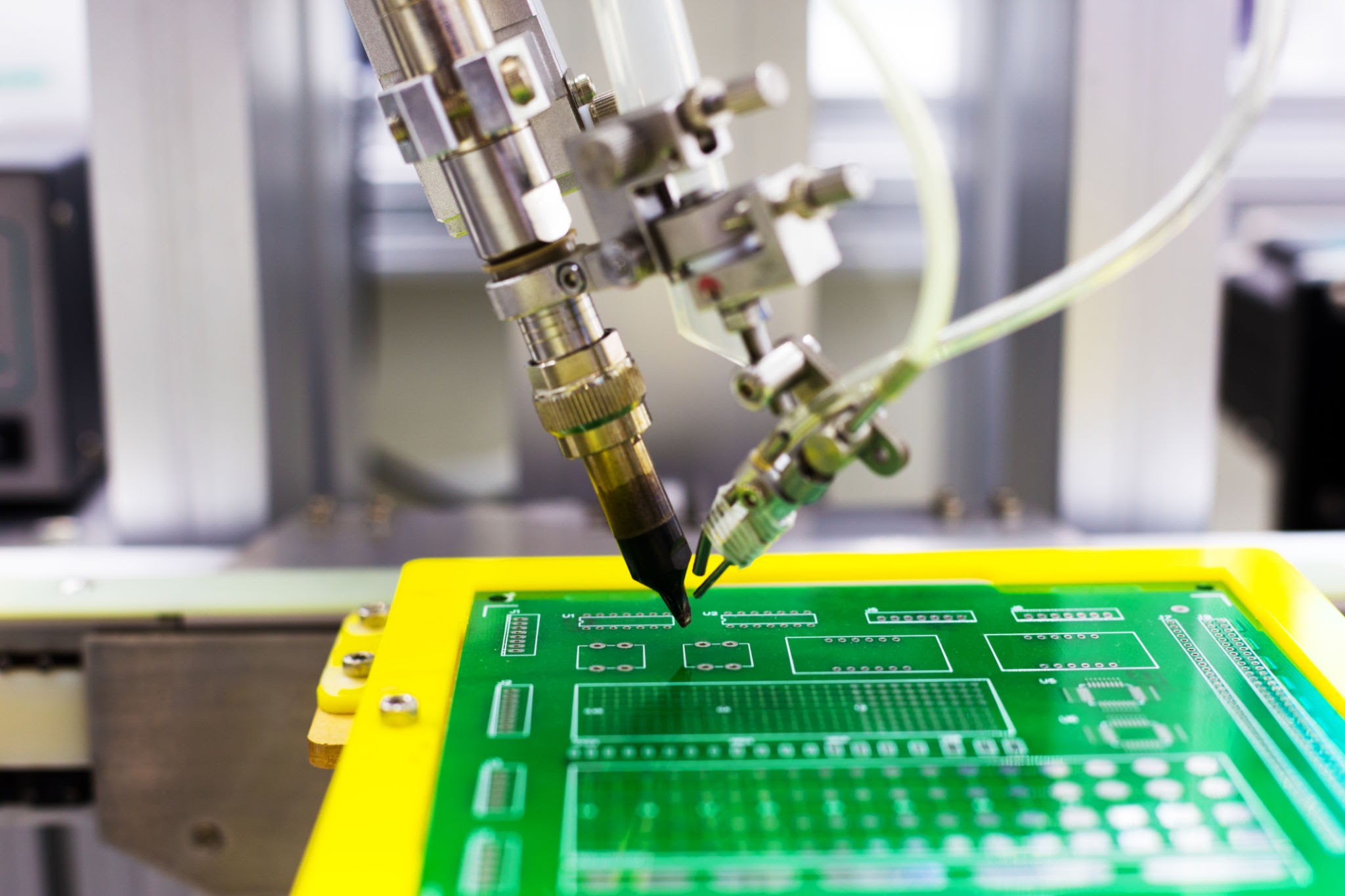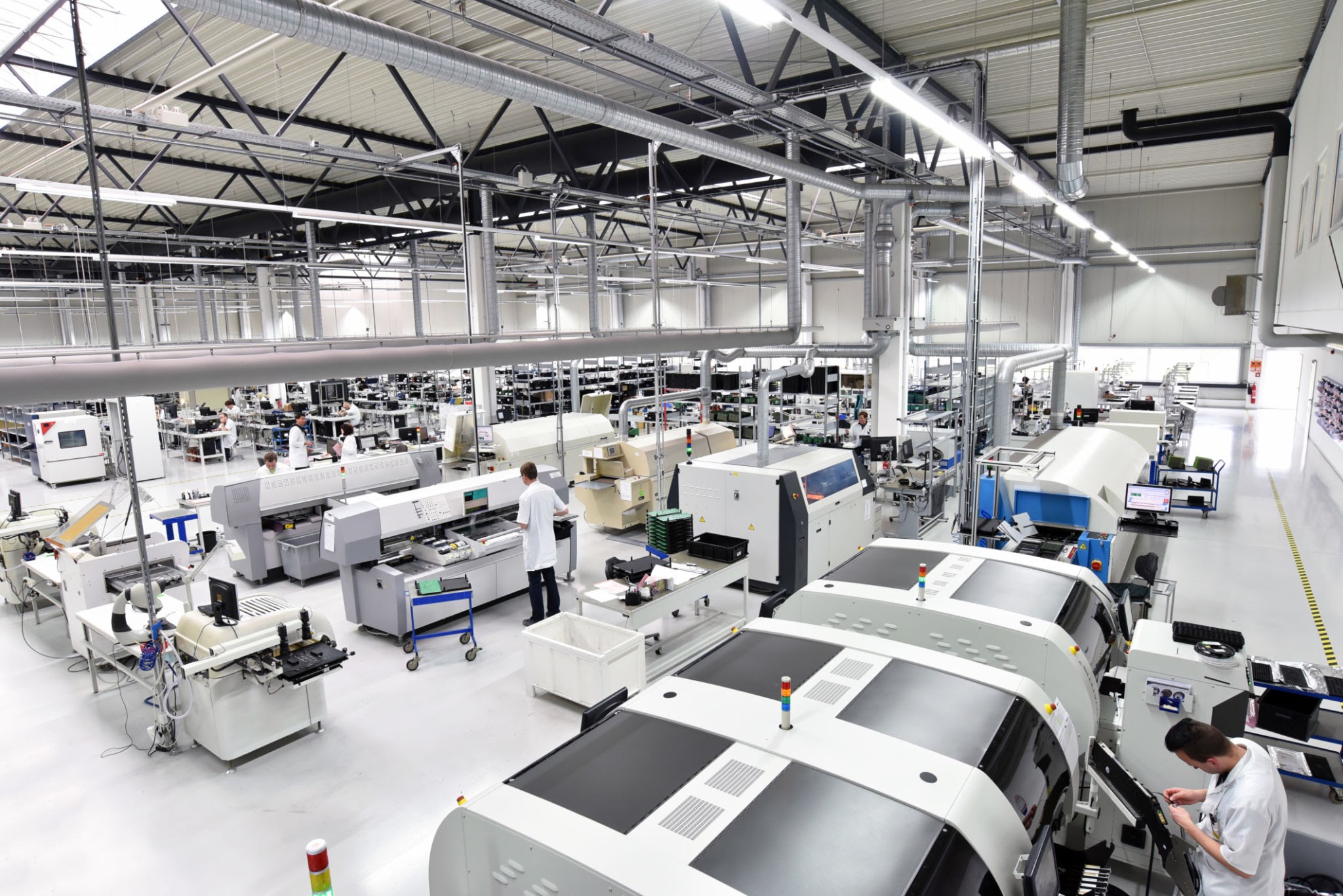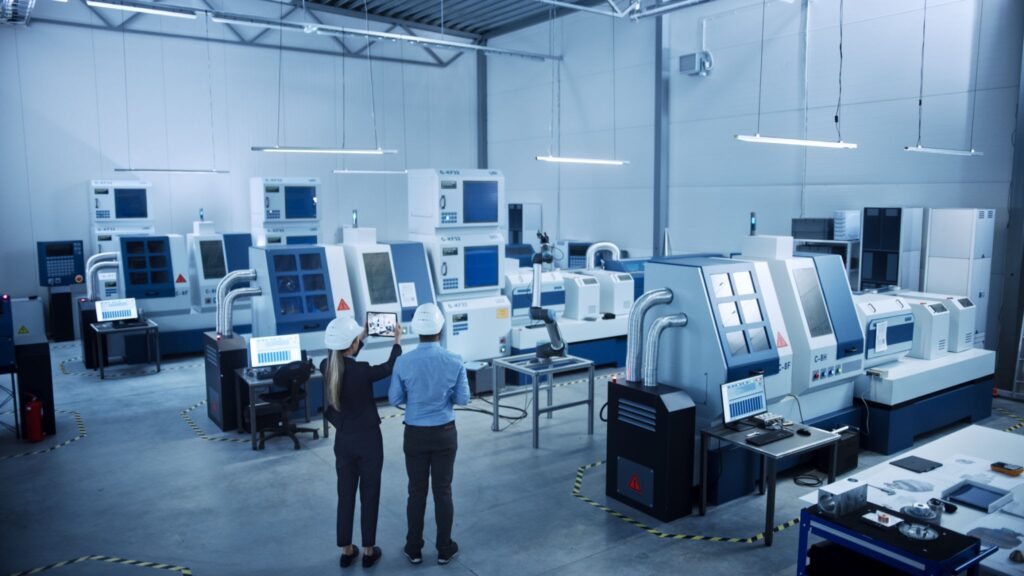Electrochemical etching of stainless steel involves a precise and controlled process to achieve high-quality results. Below is an overview of the required equipment, estimated costs, and their specific purposes. The table also includes manufacturer information for reference.
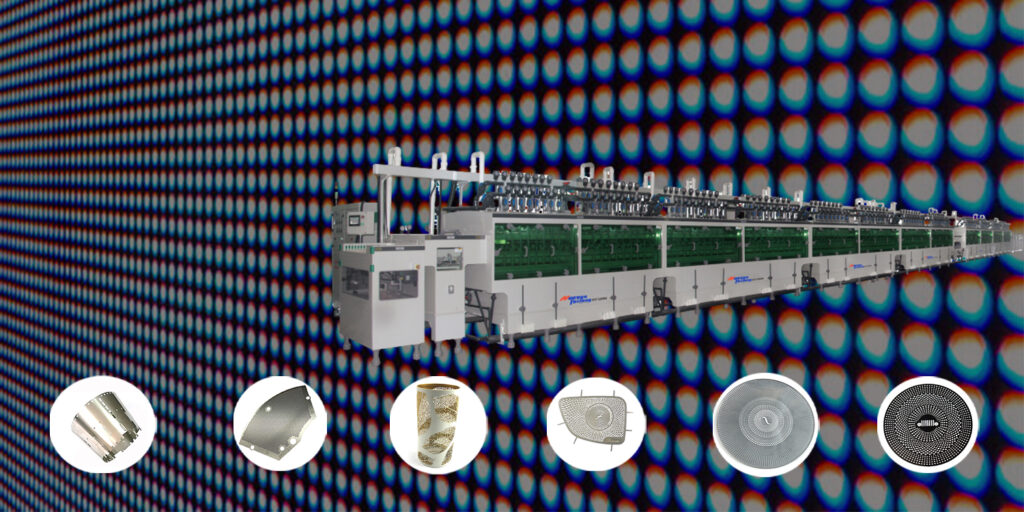
Equipment Overview and Estimated Prices
| Equipment Name | Estimated Price | Purpose |
|---|---|---|
| Stainless steel electro Cleaning line | $4500/m | Cleans stainless steel using specific water quality standards. |
| Manufacturer: DragonEtching | dragonetching.com | |
| Stainless steel electro Painting and drying line | $4500/m | Applies and dries paint with precise temperature control. |
| Manufacturer: DragonEtching | dragonetching.com | |
| Exposure line | $18,000-$3,0000 | Uses LED or LDI for high-precision exposure. |
| Manufacturer: DragonEtching | dragonetching.com | |
| Developing line | $4500/m | Develops the exposed stainless steel accurately. |
| Manufacturer: DragonEtching | dragonetching.com | |
| Stainless steel electrochemical etching line | $4500/m | Performs the main etching process using copper chloride etchant. |
| Manufacturer: DragonEtching | dragonetching.com | |
| Stainless steel electro Stripping line | / | Strips away unwanted material post-etching. |
| Manufacturer: DragonEtching | dragonetching.com |
Detailed Steps of Stainless Steel Electrochemical Etching
Stainless Steel Electro Cleaning Line
- Process: Utilizes high-quality water to remove contaminants from stainless steel.
- Water Quality Recommendation: Use deionized water to prevent impurities.
Stainless Steel Electro Painting and Drying Line
- Temperature Control: Precise control is crucial for uniform paint application.
- Process Flow: Stainless steel is painted, then dried at controlled temperatures to ensure adhesion.
Exposure Line
- LED Exposure: Suitable for less complex patterns; works by exposing photoresist-coated stainless steel to UV light.
- LDI (Laser Direct Imaging): Ideal for high-precision patterns; uses laser beams for direct imaging.
- Work Flow:
- LED Exposure: Place the photoresist-coated steel under an LED light source.
- LDI Exposure: Use laser beams to expose the steel, adjusting parameters for pattern complexity.
Developing Line
- Post-Exposure: Develops the image after exposure by removing unexposed photoresist.
- Necessity: Developing reveals the pattern created during the exposure phase.
Stainless Steel Electrochemical Etching Line
- Process: Involves immersing the developed stainless steel into a copper chloride solution.
- Parameters:
- Temperature: Maintain between 40-50°C.
- Etchant Concentration: Typically 15-20% copper chloride.
- Experience Tips: Regularly monitor etchant strength and temperature for consistent results.
Stainless Steel Electro Stripping Line
- Details: Strips away residual photoresist and other unwanted materials post-etching.
- Procedure: Uses chemical baths or mechanical methods for cleaning.
Material and Etching Data Table
| Stainless Steel Series | Etching Temperature (°C) | Etchant Concentration (%) | Estimated Etching Depth (µm) | Etching Quality |
|---|---|---|---|---|
| 304 | 45 | 18 | 50 | High |
| 316 | 48 | 20 | 55 | Very High |
| 430 | 42 | 17 | 45 | Medium |
| 201 | 44 | 19 | 50 | High |
This detailed overview covers the key aspects and equipment necessary for stainless steel electrochemical etching. Following these guidelines ensures efficient and high-quality etching results. For further information and specific product details, please visit DragonEtching.
